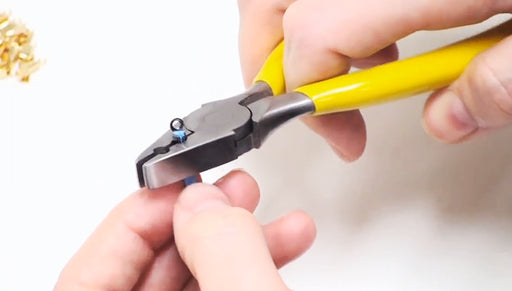Learn to Bead Video Tutorial #2: All About Findings
SKU VID-0298
Designer:
Andrea Morici
Learn about all the different types of findings out there for your creative jewelry making uses. What they are called, what's available, how to use them: everything from bead caps and cones to clasps, headpins, strand reducers, links, earring hooks, bezel settings and beyond.




